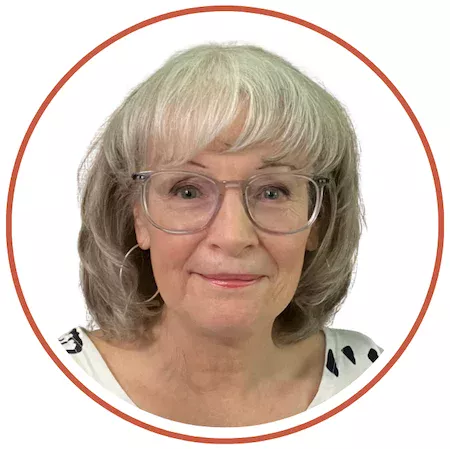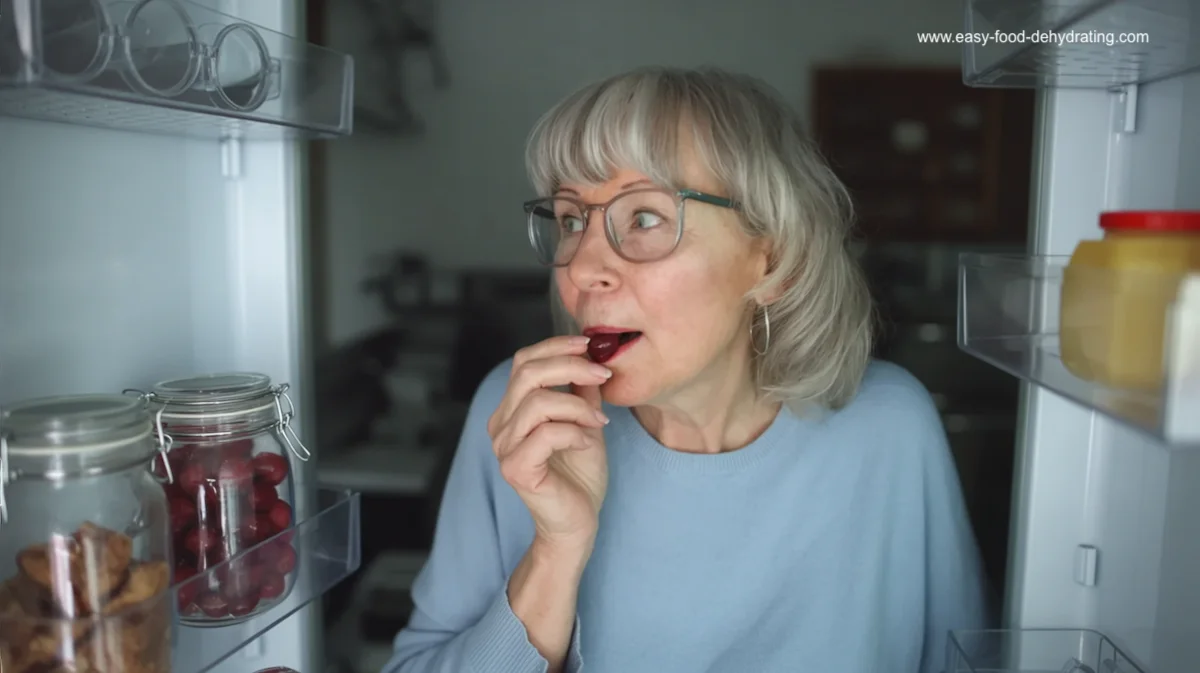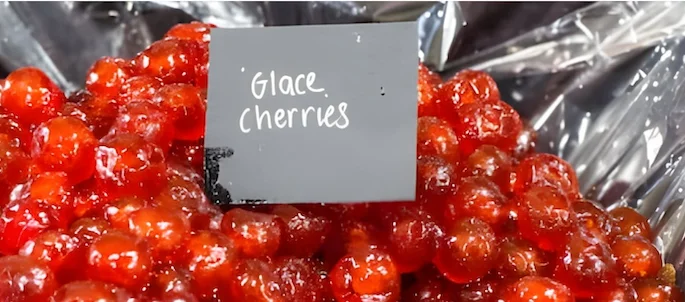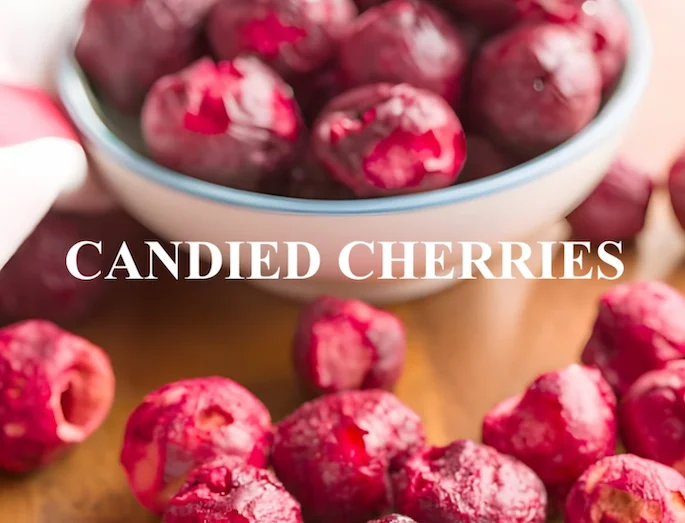What We Mean by “Dehydrate”
Here at Easy Food Dehydrating, “dehydrate” always means using an electric food dehydrator — the easy, reliable way to dry food at home.
- Home
- Dehydrating Fruits: Step-by-Step Guides by Type
- How To Dehydrate Cherries
How to Dehydrate Cherries

Cherries are one of summer’s sweetest treasures, but their short season means they disappear quickly. The best way to enjoy them year-round is to dehydrate them—whether you’re stocking up for baking, creating healthy snacks, or adding to trail mix. Luckily, it’s simple, cost-saving, and delicious.
✅ Quick Answer: How do you dehydrate cherries?
Wash, pit, and halve cherries, then place cut side up on dehydrator trays. Dry at 125°F–135°F for 18–26 hours until sticky-leathery but not brittle. Rotate trays for even drying. For sour cherries, pre-boil briefly in syrup before dehydrating to balance tartness.

You can dehydrate both fresh and frozen cherries, so you don’t have to wait for cherry season to enjoy them. Below, I’ll show you exactly how to do it step by step.
I remember as a kid eating mom's glacé cherries (which many think are candied cherries - they're not - see the difference between the two here), trust kids to want to only eat fruit with sugar on or in it, sigh. I used to go to the fridge and sneak a few from the container... I wonder if she ever noticed? :-)

UPDATE: Yes, she did.
Cherries are a versatile fruit - great for making cherry cobblers, pies, and toppings, and are used in fruit cocktails (the fresh cherries are used for cocktails!)
Don't miss my note about how to sweeten sour cherries... please scroll down to our tip (below the "how to" instructions).
Don't forget to check out all our fruits here!
Cherries Nutrition Info.
VITAMINS: Sour red cherries are packed with Vitamin A but are no match for sweet red cherries in the Vitamin A department!
Sour cherries also have more Vitamin C and Folate.
MINERALS: In the mineral department, both types of cherries are pretty evenly matched. They have a great amount of Potassium, followed by a good amount of Phosphorus, Calcium, and Magnesium, and have trace amounts of Iron, Zinc, Copper, and Manganese.
Both types of cherries contain Omega-3 and Omega-6 fatty acids.
Step-by-Step: The Easy Way to Dehydrate Cherries
If using from frozen, ignore step 1.
- Wash them and remove the stems and pits. *See NOTE at bottom.
- Cut them in half and place them on your food dehydrator trays with the cut side up to prevent drips on the lower trays!
- Turn on your dehydrator and set the temperature between 125°F and 135°F (or per your food dehydrator's instructions).
💡 Tip: Outside the U.S.? Most dehydrating temps here are listed in Fahrenheit - use our quick converter to see the Celsius equivalent for your machine.
- Drying time: between 18-26 hours and they will feel sticky and leathery when dried.
- Make sure you don't over-dry them!
- Remember to rotate your food dehydrator trays, for even drying.
*NOTE: When dehydrating the sour variety, you may wish to boil them first (for about ten minutes) in a syrup (info directly below) to sweeten them up.
Sweeten them: Use a mixture of one cup each of sugar and light corn syrup, to two cups of water, per pound of cherries. Let them air dry before finally dehydrating them.
What Are Glacé Cherries (and Why Do Bakers Love Them)?

Glacé cherries are a type of preserved cherry that have been soaked in sugar syrup and then coated with a sugar glaze.
These are the type of cherries that are often used as a decoration on cakes and pies.
Glacé vs. Candied Cherries: What’s the Real Difference?
Glacé cherries and candied cherries are very similar, but they are not exactly the same product. The main differences are:
- Base Ingredients - Glacé cherries use preserved or marinated fruit, whereas candied cherries typically start with fresh cherries.
- Cooking Process - Candied cherries are boiled in sugar syrup to infuse flavor and crystallize sugar on the fruit. Glacé cherries are first soaked in sugar syrup then dried and coated in layers of refined sugar.
- Sugars Used - Candied versions often use corn syrup along with cane sugar. Glacé cherries are made with pure cane sugar or glucose syrup for crystallization.
- Texture - The multi-step glacé method results in a very firm, almost crisp texture compared to a softer candied cherry.
- Use - Glacé cherries are most often used for baking and confections as mentioned above, while candied cherries adorn sundaes and ice cream.
While quite similar and often confused, the technical difference lies in the processing method.
Glacé cherries have a higher sugar content with their distinct crystallized crunch, while candied cherries are generally softer and semi-preserved in sweet syrup.

DIY Candied Cherries: Sweet, Simple, and Homemade
Ingredients:
- 1 pound cherries, pitted and drained
- 1 cup sugar
- 1/2 cup water
- 1/4 cup corn syrup
- 1 teaspoon vanilla extract
Directions:
- In a medium saucepan, combine sugar, water, corn syrup, and vanilla extract. Cook over low heat, stirring constantly, until the sugar has dissolved.
- Add the cherries to the sugar syrup and cook for 2 minutes. Remove from heat and let cool.
- Once the cherries are cool, coat them in sugar. Place the coated cherries on a wire rack to dry.
- Store in an airtight container in a cool, dark place.

Popular Cherry Tree Varieties You Can Grow
There are many different types of cherry trees that you can grow. Some of the most popular varieties include:
- Bing cherries
- Cherokee cherries
- Tart cherries
- Sweet cherries
🌳 Where Cherry Trees Thrive Best (Growing Tips)
Unlike money, cherries do grow on trees! The best area to grow cherries is in an area with full sun and well-drained soil. Cherries need to be watered regularly and should be fertilized every year in the spring.
The best fertilizer for cherry trees is a slow-release fertilizer that is high in nitrogen.
When to Pick Cherries for the Juiciest Flavor
Cherries are usually ready to harvest in late June or early July. Cherries can be harvested by hand or with a cherry picker.
Thank you so much for stopping by to learn how to dehydrate cherries!
🍒 FAQ: Everything You Wanted to Know About Dehydrating Cherries
Do I need to pit cherries before dehydrating them?
Do I need to pit cherries before dehydrating them?
Yes. Always pit cherries before dehydrating. Pits slow drying, trap moisture, and can cause spoilage. Plus, pitted cherries are safer and easier to eat, bake with, or rehydrate.
What to do with dehydrated cherries?
What to do with dehydrated cherries?
Here are some ideas for how to use dehydrated cherries:
- Baking - Add cherries to muffins, scones, breads, oatmeal cookies, bars, or pancakes for a burst of sweetness. They'll plump back up during baking.
- Trail Mix - Toss dried cherries into homemade trail mixes along with nuts, seeds, coconut flakes, cereals, pretzels, etc. For an on-the-go snack.
- Salads - Rehydrate cherries in water for 10-30 minutes then mix into fresh spinach salads, kale salads, or grain bowls to lend a touch of tartness.
- Yogurt and Oatmeal - Stir rehydrated chopped cherries into Greek yogurt or overnight oats. They make the perfect topping alongside granola.
- Stuffed French Toast - Stuff sliced challah or brioche bread with a blend of cream cheese and rehydrated dried cherries before dipping in eggs and frying up french toast.
- Meat Dishes - Mix dried cherries into the stuffing for pork chops, chicken, or turkey for a fruit-based flavor contrast.
Rehydrate first for the best texture when using dried cherries in your recipe!
Do I need to blanch cherries before dehydrating them?
Do I need to blanch cherries before dehydrating them?
Not usually. Unlike some fruits and vegetables, cherries don’t require blanching before dehydration. However, if you’re working with sour cherries, a quick boil in syrup can help balance the tartness and improve flavor. This step also gives them a bit of that chewy, candy-like texture once dried. For sweet cherries, just wash, pit, halve, and dry—easy peasy!
How do I know when cherries are fully dehydrated?
How do I know when cherries are fully dehydrated?
Properly dried cherries should feel sticky and leathery but not brittle. If they snap or crumble, they’ve been over-dried. Check them after 18 hours, then test every few hours until done.
Can I dehydrate cherries in the oven instead of a dehydrator?
Can I dehydrate cherries in the oven instead of a dehydrator?
Yes, but keep the oven on its lowest setting (usually 150°F). Line a baking sheet with parchment and crack the oven door to allow moisture to escape. Expect 6–12 hours, checking regularly for texture.
How long do dehydrated cherries last in storage?
How long do dehydrated cherries last in storage?
When stored in airtight jars or vacuum-sealed bags in a cool, dark place, dehydrated cherries can last up to 12 months. Add oxygen absorbers and desiccant packets for even longer shelf life.
Dehydrating cherries is a simple way to capture their sweet flavor and make them last all year. Whether you snack on them as-is, add them to baked goods, or mix them into savory dishes, they’re a true kitchen staple.
And before you go, don’t miss your free 5 Dried Food Recipes You’ll Actually Love PDF below—featuring carrot soup, minestrone soup, split pea soup, spicy beef jerky, and banana cinnamon rolls. They’re reader favorites, and I know you’ll love them too!
Get 5 Dried Food Recipes You'll Actually Love
Here's where you can get your copy of our all new
5 Dried Food Recipes (That Actually Taste Great)
They're my all-time favorite easy dried food meals!
Get it here right now.
For Free!
Before You Go...
If you enjoyed this page, tap the ❤️ in the lower right-hand corner.
It saves this page to your Grow bookmarks so you can find it again later.
You’ll also see quick share buttons to copy the link, post to Facebook,
or save it straight to Pinterest.















